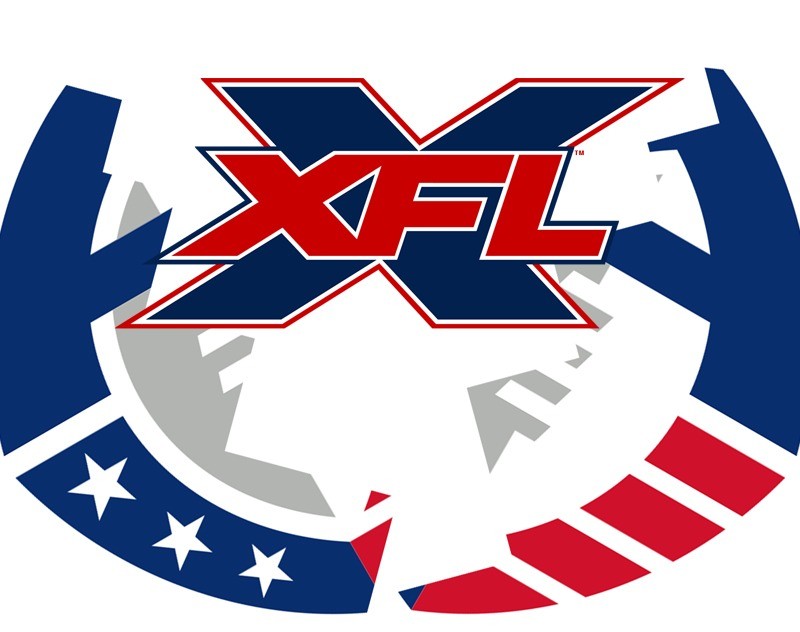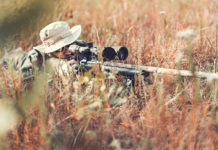Those who thought football season ended…rejoice!!! The XFL has returned. This time less gimmicky. Less “sports entertainment”. A promised faster game.
Yes, someone tried this last year. No, it didn’t last a whole season. Yes, the XFL failed once before nearly 2 decades ago. Yes, it’s owned by the same guy who owns WWE.
No, there will be no nicknames on jerseys this time. The days of He Hate Me (Rod Smart) are over. This has been promised to be same game with a different take.
Let’s first take a look at the rules:
- The kicker kicks from the 30-yard line and must kick the ball in the air and in play between the opponent’s 20-yard line and the end zone.
- The coverage team lines up on the return side 35-yard line and the return team lines up on the 30-yard line. Each team must have exactly 3 players outside the hash marks on both sides of the ball and cannot move until the ball is caught by the returner.
- Out of bounds kicks and kicks that fall short of the 20-yard line will result in an illegal procedure penalty, taking the ball all the way out to the kicking team’s 45 yard line.
- Players can move when the ball is touched by the returner or 3 seconds after the ball touches the ground (when the official waves his hand down).
- If the ball is kicked into the end zone and is downed it is a “Major” touchback and the ball is placed at the return side 35-yard line.
- If the ball bounces in bounds and then out of the end zone or is downed in the end zone, the ball is placed at the return side 15-yard line.
- If a player on the return team touches the ball and it goes out of bounds, the ball is spotted where it went out of bounds.
- If a team wishes to run an onside kick, it must indicate this to the official before the play and the two teams will be permitted to line up using traditional NFL rules (i.e. 10 yards apart from the kicking team). There will be no surprise onside kicks.
- After a touchdown, the team has the option of running a play from the 2, 5, or 10-yard line, worth 1, 2, or 3 points respectively. The team must run an offensive play and no kicking plays are allowed.
- If the defense is able to cause a turnover and return the ball to the opponent’s end zone, the resulting score is equal to the number of points the offense was attempting to score on its PAT
- Punting team cannot release past the line of scrimmage until the ball is kicked.
- Gunners must line up at the line of scrimmage and are permitted to move laterally once the ball is snapped until it is kicked.
- Defenders over the gunner cannot cross the line of scrimmage until the ball is kicked.
- If the ball goes out of bounds inside the 35-yard line, it is a “Major” touchback and the ball goes to the 35-yard line.
- If a punted ball lands in the opponent’s end zone or goes out of the end zone the result is a “Major” touchback, and the ball goes out to the 35-yard line.
- Fair catches are permitted
- If a team completes a forward pass behind the line of scrimmage, that team may throw a second forward pass, as long as the ball has at no time crossed the line of scrimmage.
- Once the ball has passed the line of scrimmage, no forward passes are permitted.
- Overtime shall consist of 5 “Rounds”, staged in alternating single-play possessions as is customary in NHL shootouts or MLS penalty kicks. A “Round” will consist of one offensive play per team. Each possession starts at the opponent’s 5-yard line and the offensive team has one play to score. The team with more points after 5 rounds is the winner.
- If a team has been mathematically eliminated before all 5 rounds have been completed, the game ends immediately (e.g. If Team A scores on its first 3 attempts and Team B is stopped on its first 3 attempts, then no subsequent plays are necessary).
- If teams are tied after 5 rounds, then rounds continue until one team is leading at the conclusion of a round, and that team will be the winner.
- For scoring purposes, each successful overtime score is worth 2 points.
- The defensive team cannot score. If the offensive team commits a turnover, the play is over immediately.
- If the defensive team commits a penalty, the offensive team will be allowed to re-attempt from the 1-yard line.
- Any subsequent penalty committed by the defensive team on any subsequent play, including in future rounds, will result in a score awarded to the offensive team.
- If the offensive team commits a pre-snap penalty, the ball will be moved back from the original spot, pursuant to regular rules and the play will be re-attempted.
- If the offensive team commits a post-snap penalty, the play will end and no score will be awarded.
- There will be a minimum of 20 seconds between plays with the ball-spotting official working in conjunction with TV and Official Review to signal when the next play begins.
- All Overtimes will have the visiting team on offense first and home team on defense first.
Every round will repeat this format. - In Overtime the end zone where the overtime takes place will be determined at the 90 minute meeting.
- We will implement a 25-second play clock that begins after the ball is spotted for the next play.
- It takes 7 seconds on average to spot the ball (average 32 second play clock)
- A team cannot “run out the clock” at the end of the game until the opponent has no timeouts and there is 1 minute left (5 second run off on the play clock, so 20 seconds can be run off on a play), vs. the NFL, where a game can essentially be ended with 2 minutes left through three kneel downs that each take 40 seconds off the play clock.
- Each team will have 2 one-minute timeouts per half.
- The XFL will have no coaches’ challenges and all plays will be subject to review from the Replay Official, who will be stationed in a booth above the field.
- Only one foot inbounds for a reception
- There will be a dedicated Ball Spotting Official who will solely be responsible for quickly spotting the ball and getting a new ball after each play.
- 10 minute halftimes
Tomorrow we will look at teams, some familiar coaching faces, and players to watch. Along with where to watch.





